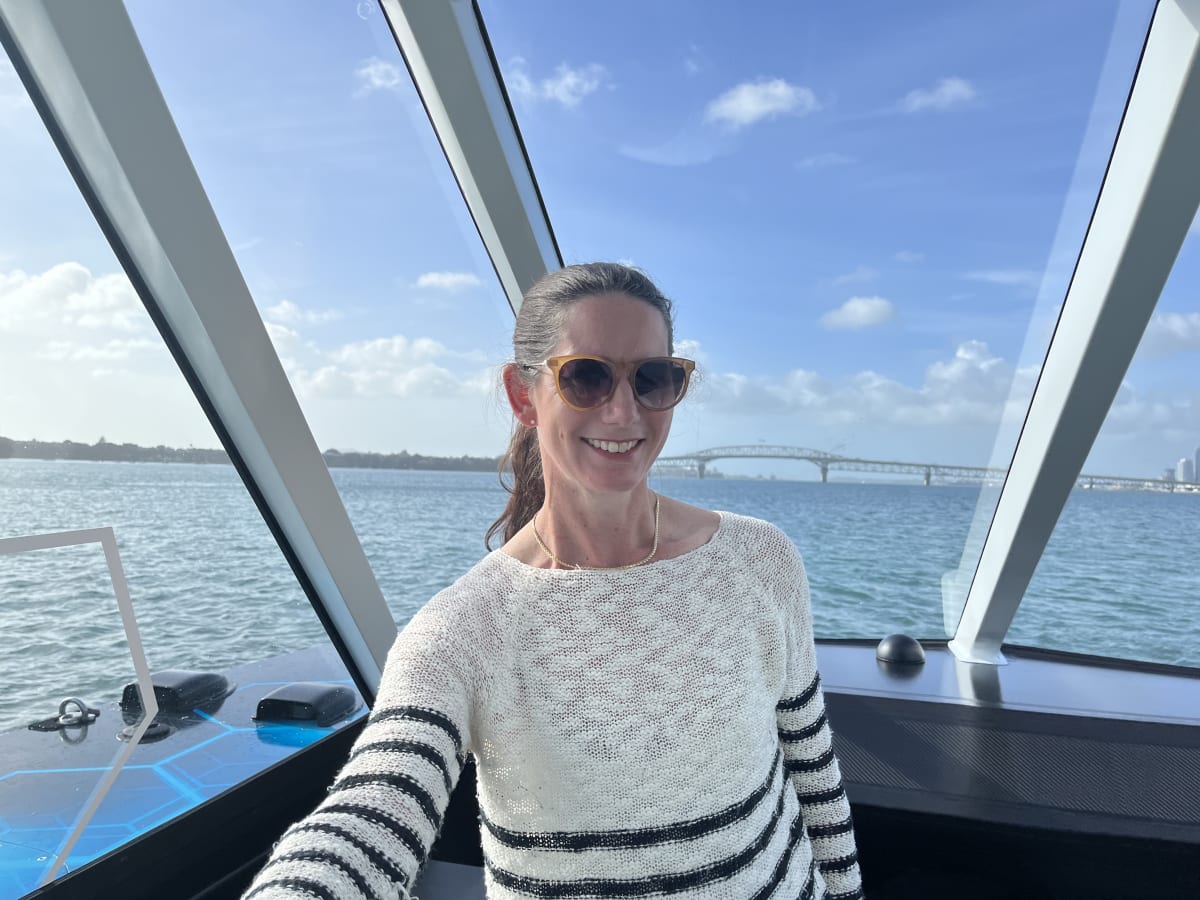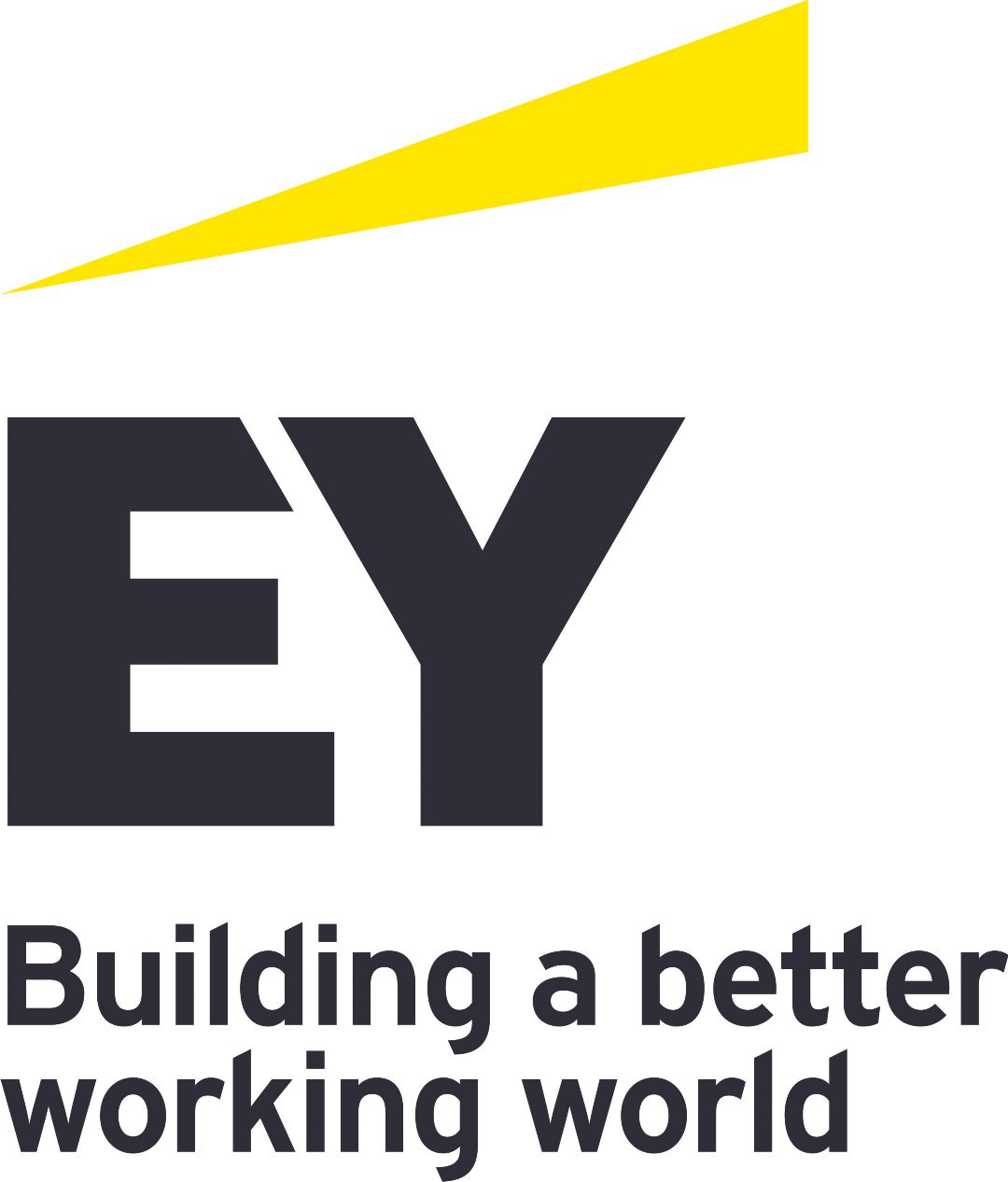
Episode one of Newsroom’s new podcast, Net Zero: The Road to 2050 tells the story of how a tough design challenge for Emirates Team NZ engineering staff provided a huge boost for green hydrogen technology - in just nine months I Made in collaboration with EY.
You’d think a sport that uses the power of the wind would have no difficulty being seen as clean and green. But when it comes to America’s Cup sailing, it's not just about the yachts - there's all the support crew following in little motor boats, up to four boats per team.
And the faster the big boats go, the harder the chase boats have to work to keep up.
When those chase boats are fuelled by diesel, and the yachts are sailing at 50 knots (almost 100km/hour), that’s a lot of fuel – and a lot of emissions. Each America’s Cup boat could have three or four chase boats out on the water, all chewing up the gas.

An effort to be greener is part of the reason a bunch of Emirates Team New Zealand yachting engineers, designers and boat builders have been working flat out for nine months on a revolutionary design for a new motor boat, using an alternative fuel.
(The other reason was basically keeping all those experts busy and on board with the Team NZ between the end of one America’s Cup challenge and when the grunty work starts on the next one.)
Emirates Team NZ’s head of design, Dan Bernasconi, says it was a project they all loved working on.
The result – a space age motor boat powered by green hydrogen. Possibly the first, and almost certainly the fastest, green hydrogen boat in the world.

But New Zealand has virtually no green hydrogen network. So why work on a fuel that might be a few years away from becoming mainstream – or might not be commercially viable at all? Why not concentrate on electric battery power?
“When we started thinking about it, we were really naive about alternative fuels,” Bernasconi says. “We certainly know a lot more now than we did then.”
And what they know is batteries aren't an option for a high-speed chase boat.
"If we were using batteries, we'd be able to go out for about half an hour. But typically, our outings are for four hours, even eight hours on a long training day." – Dan Bernasconi
As soon as the hangovers died down from the team’s win on Auckland’s Waitemata Harbour, the team started looking at a battery powered boat, Bernasconi says, but the maths just didn't work out.
“Batteries are getting better every year,” says Bernasconi. “And they're at a point now where in a car, it makes a lot of sense. But for a boat that uses the power we do - if we were using batteries alone, we'd be able to go out for about half an hour. But typically, our outings are for four hours, six hours, even eight hours on a long training day.
“You'd hardly be able to get from the base to the course and back again, if you were just using batteries.
“Really, hydrogen was the clear option as the alternative.”
In today’s podcast, Nikki Mandow gets to the bottom of what green hydrogen is, how it’s created from the most abundant element in the universe, and why New Zealand is in a good position to lead the way on producing hydrogen fuel that really is clean, as opposed to the ‘grey’ hydrogen used in many other places around the world.
She’s helped by EY’s Angela Ogier, who deals with hydrogen and energy transition. She reminds us of those chemistry lessons most of us have forgotten, and describes the technology needed to make hydrogen useful as an energy source.

But there are factors holding us back from leaping into what would appear to be the perfect, emissions-free fuel.
Both the fuel and the gear you need to use it is expensive.
The process of extracting the fuel is inefficient, and you can lose upwards of half the energy on the way.
There are also concerns about safety – hydrogen is extremely flammable.
At the moment though, the biggest downside is we don’t have any commercial production and refuelling network here. Unless you’re Emirates Team New Zealand, which knows how to pull a few strings, green hydrogen is pretty hard to get your hands on.
And there’s another issue threatening to derail progress in this area – the debate that if we focus on one fuel – green hydrogen – we neglect the development of another: batteries.
“Electric is going to do the heavy lifting in the transition away from fossil fuels, that's without a doubt,” says Ogier.

“It’s very useful for light vehicles. It's very useful for low temperature process heat. But there are applications for which hydrogen is much better.”
Ogier is talking bigger and heavier power requirements. Hydrogen produces more than 200 times the energy per kilogram of a lithium-ion battery.
“Once you start looking at vehicles that are bigger than a car, the battery gets really big, and it gets really heavy, whereas hydrogen is lighter, it's the lightest element in the universe. So in an energy density perspective, per kilogram it is actually the most dense fuel. And so that creates a better and more efficient power to weight ratio for those heavier vehicles”.
“If we’d waited for the industry to do it when it was ready, we would probably still be waiting in a decade. Instead it took nine months.” – Andrew Clennett
At the moment New Zealand has a fleet of 150,000 trucks using fossil fuels, and just 25 newly arrived hydrogen trucks. Changing that balance is critical if we’re going to hit our transport emissions reduction targets.
In the podcast, Andrew Clennett, co-founder and chief executive of Hiringa Energy, talks about the importance of acting on heavy vehicles, which are disproportionately responsible for transport emissions – each truck puts out the emissions of 150 cars.

Clennett's goal is to bring a green hydrogen production and refuelling network to New Zealand. He’s spending $50 million building his first four hydrogen truck stops this year, and is planning another 20, plus green hydrogen production facilities, by 2026.
He says the fast development of Emirates Team New Zealand’s new boat is a big boost for the sector.
“If we’d waited for the industry to do it when it was ready, we would probably still be waiting in a decade. Instead, it took nine months,” he says.
Clennett may be gunning for green hydrogen, but he’s adamant it’s just one solution on our road to net zero.
“We can't afford to look at it that way - the planet can't afford it,” he says. Instead, we need to look at all options.
“Otherwise you get analysis paralysis. We know hydro has some natural advantages in some areas, and batteries have natural advantages, and biofuels other natural advantages. [Let’s] go hard in all of those places.”
Net Zero: The Road to 2050 is a new, six-part Newsroom podcast, made in collaboration with EY, where business editor Nikki Mandow looks at some of the most interesting, critical and sometimes confusing ways in which New Zealand is tackling climate change. We’ll release a new episode every fortnight, demystifying complex issues including carbon credits and clean energy, as we try to get to net zero emissions by 2050.









